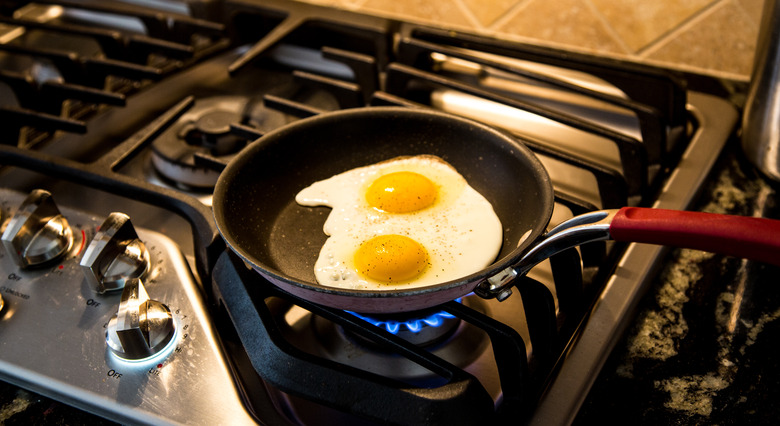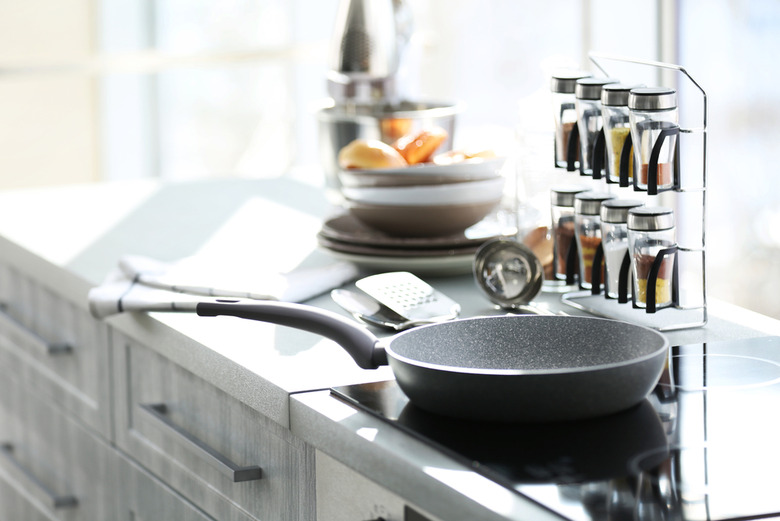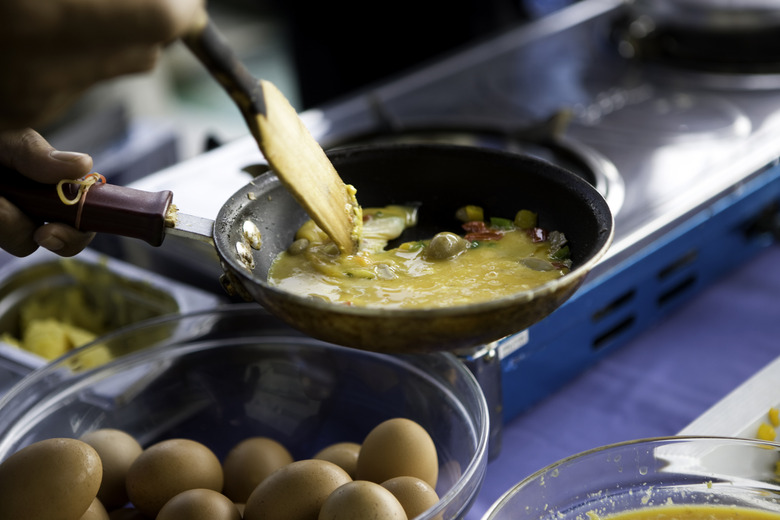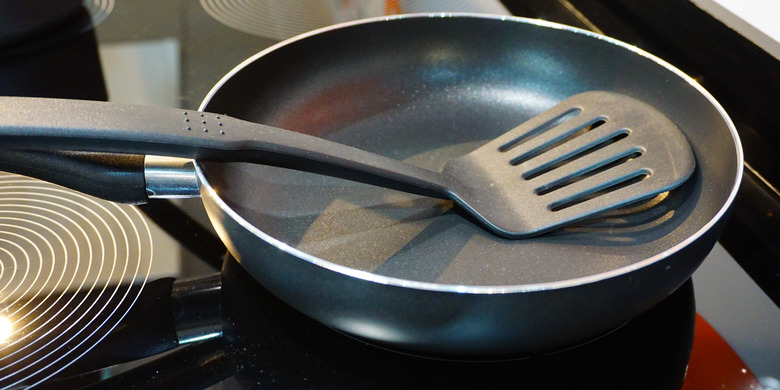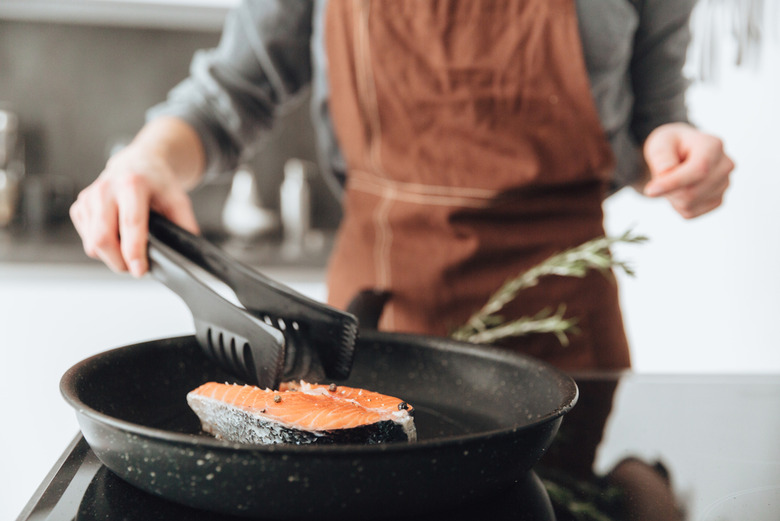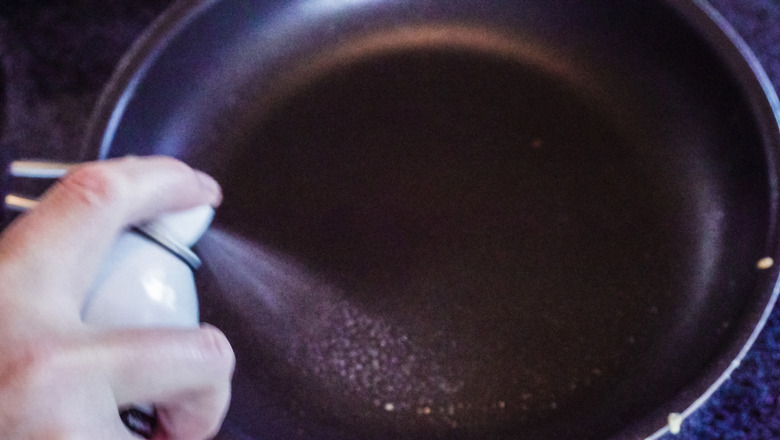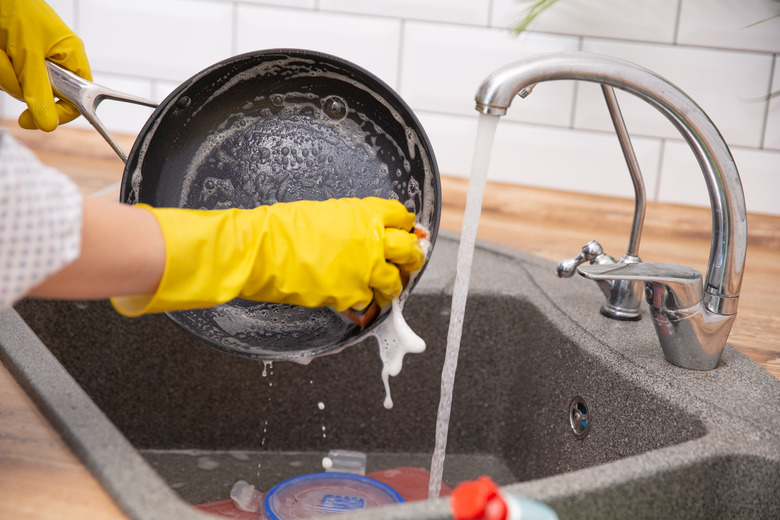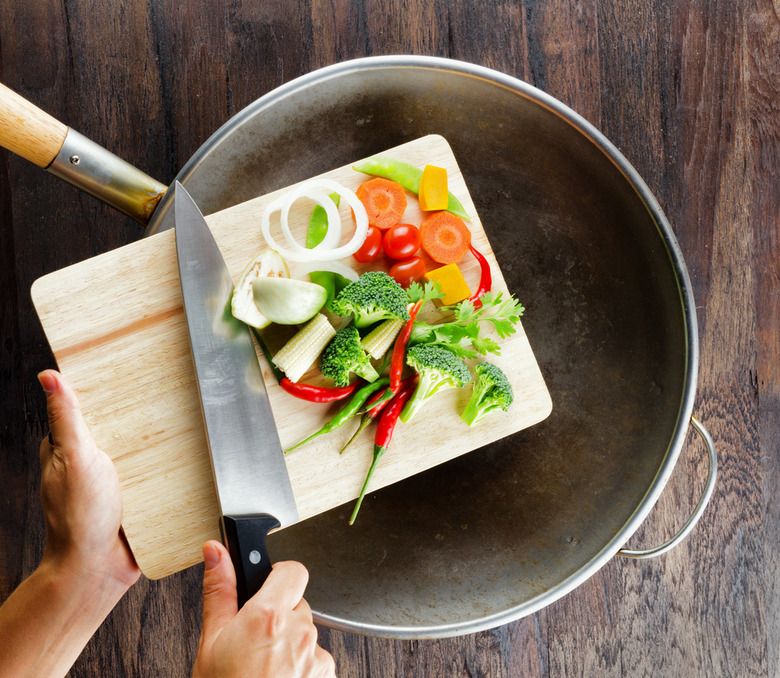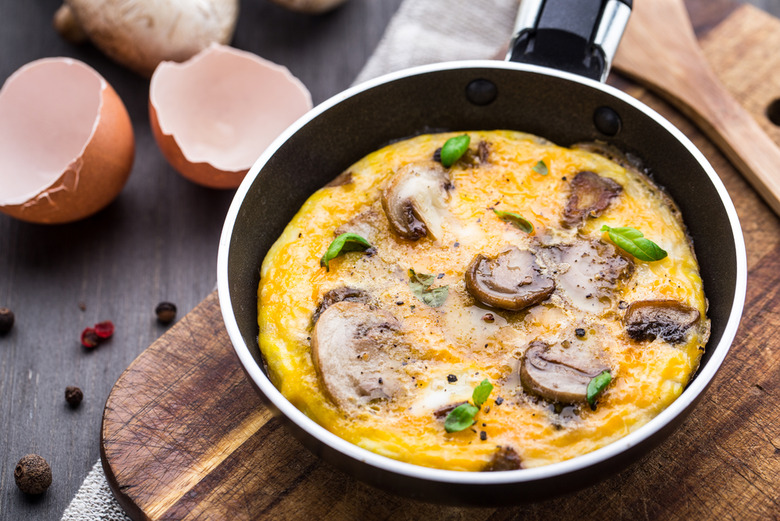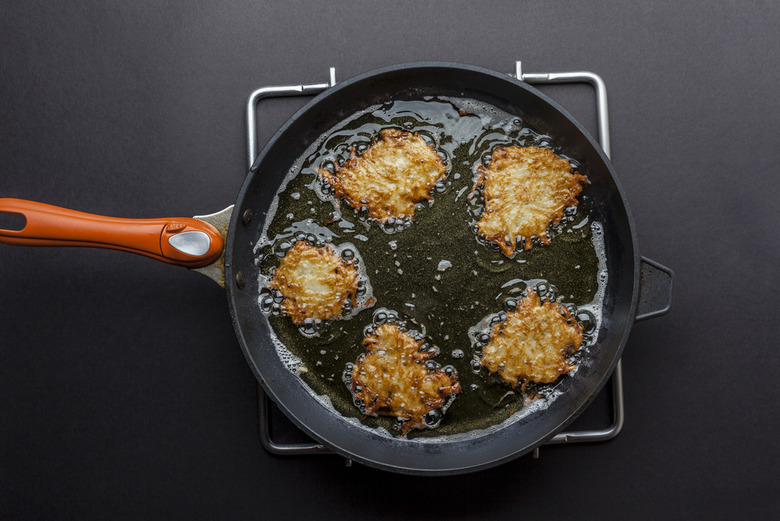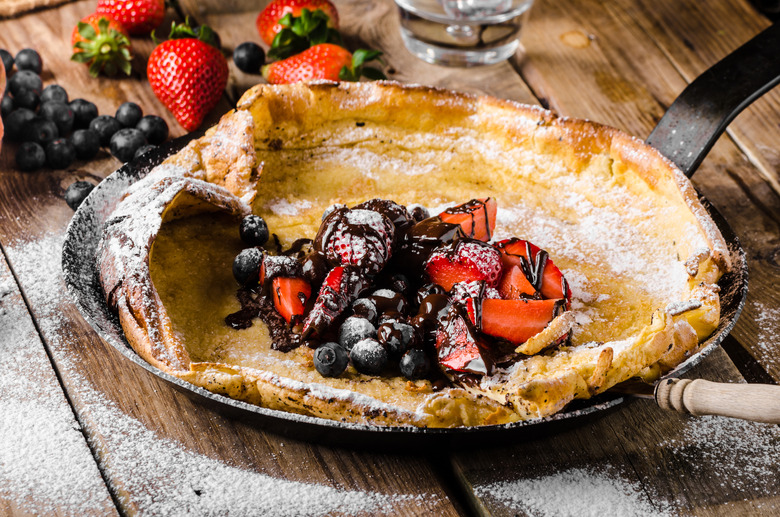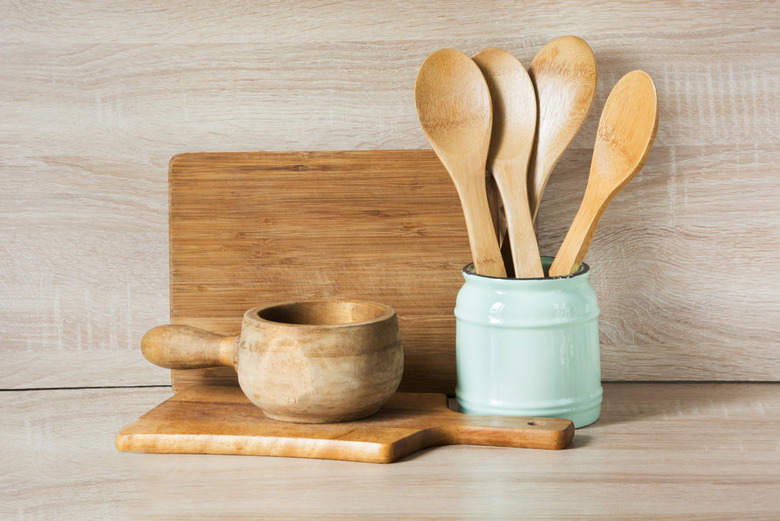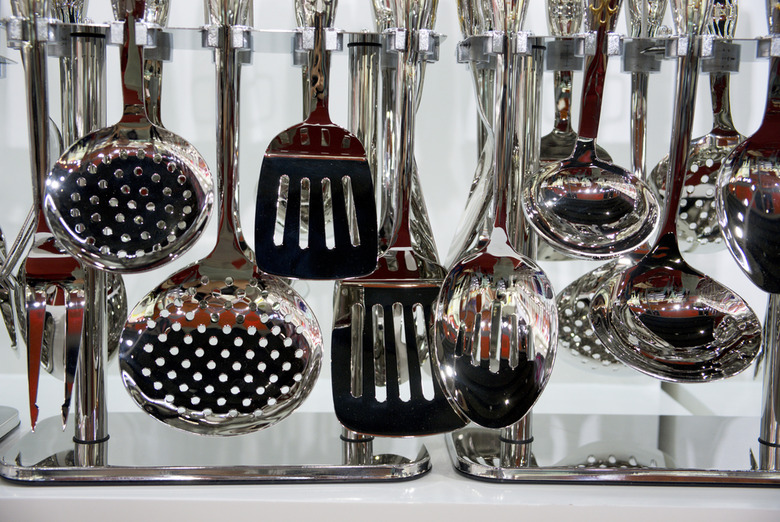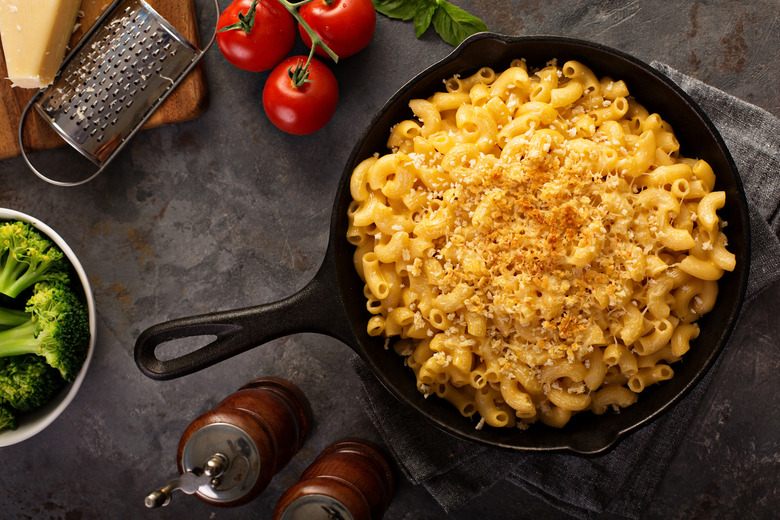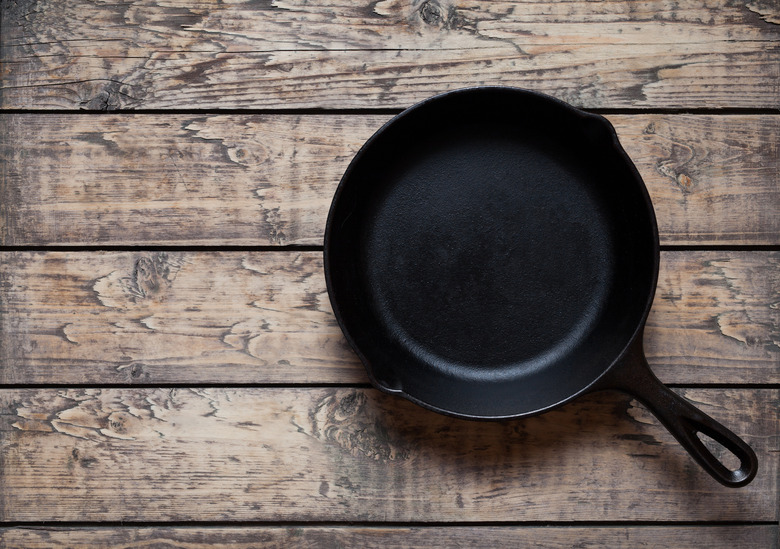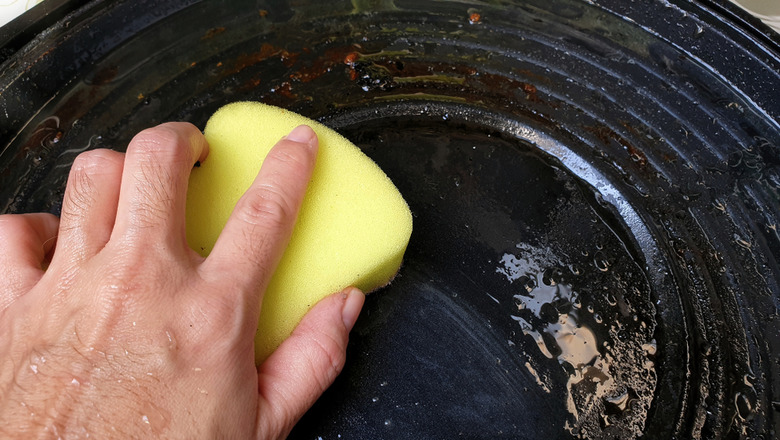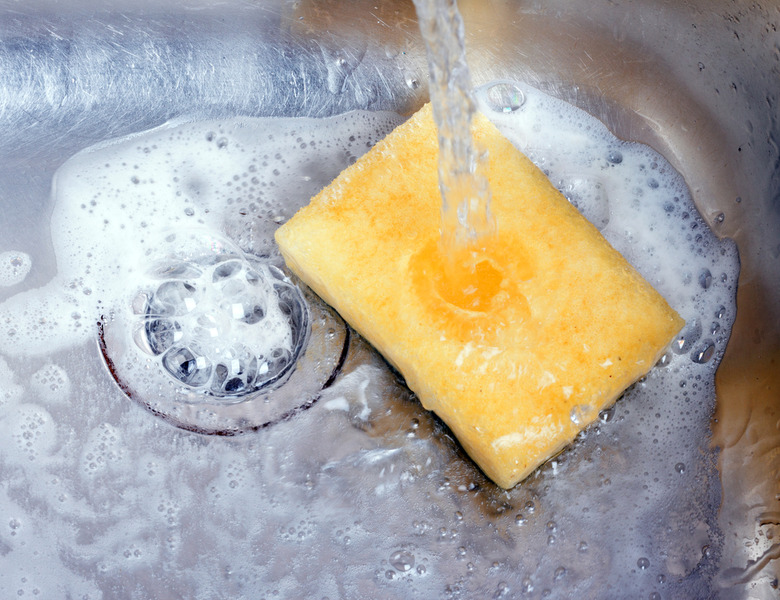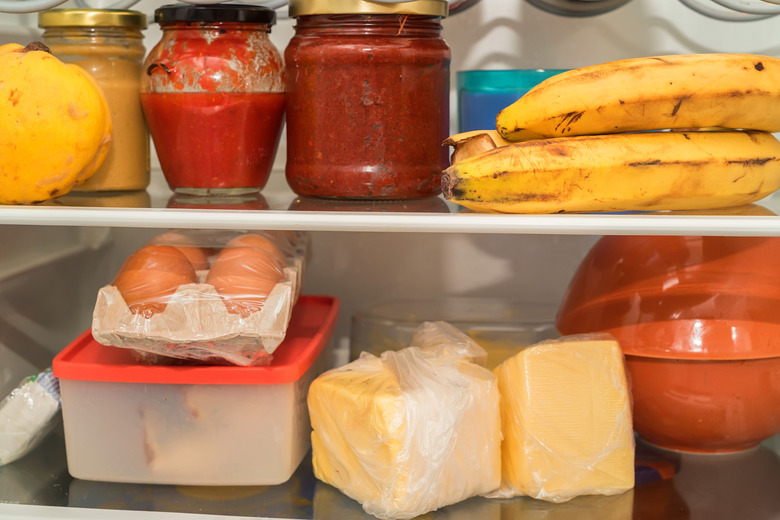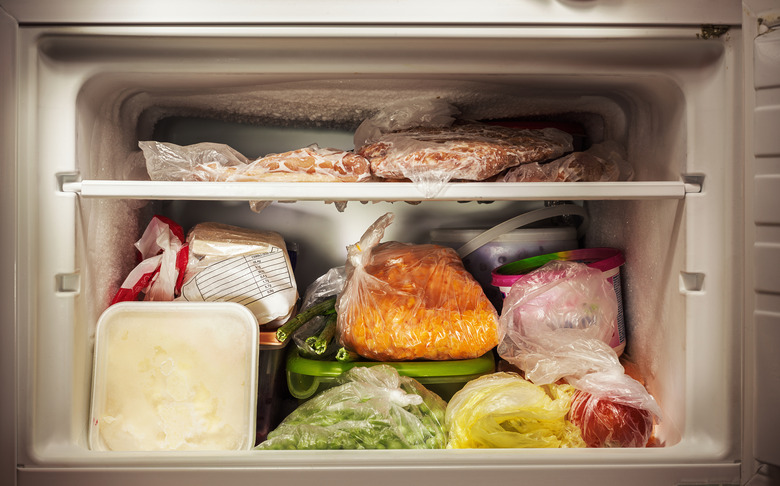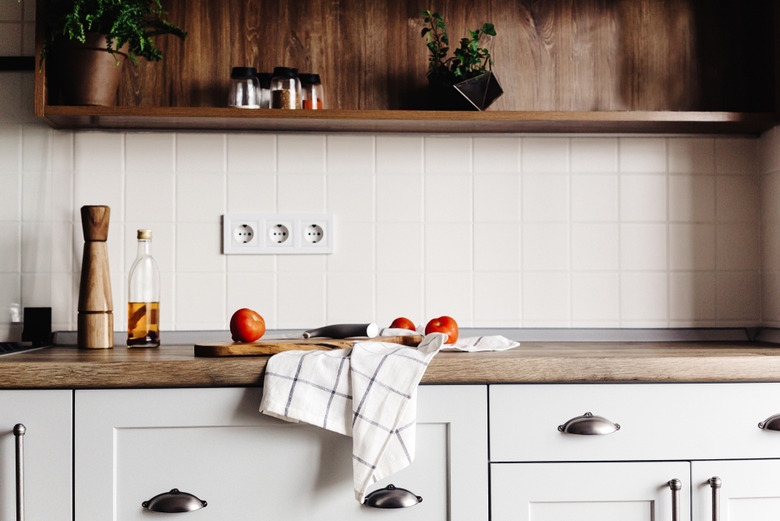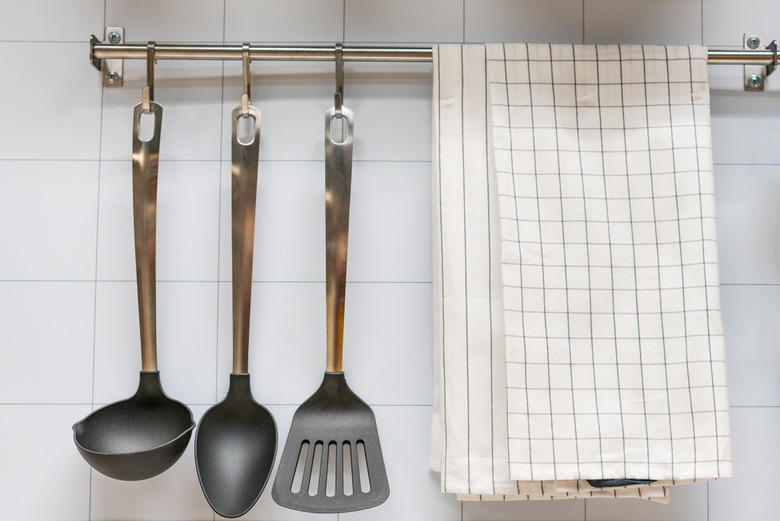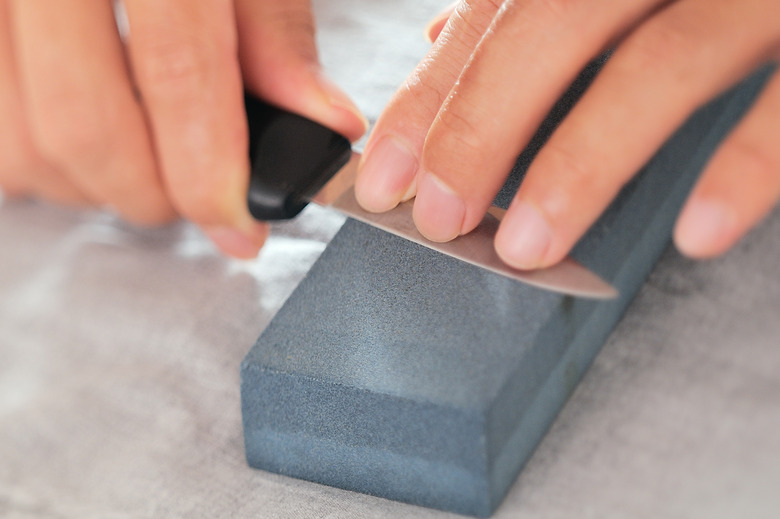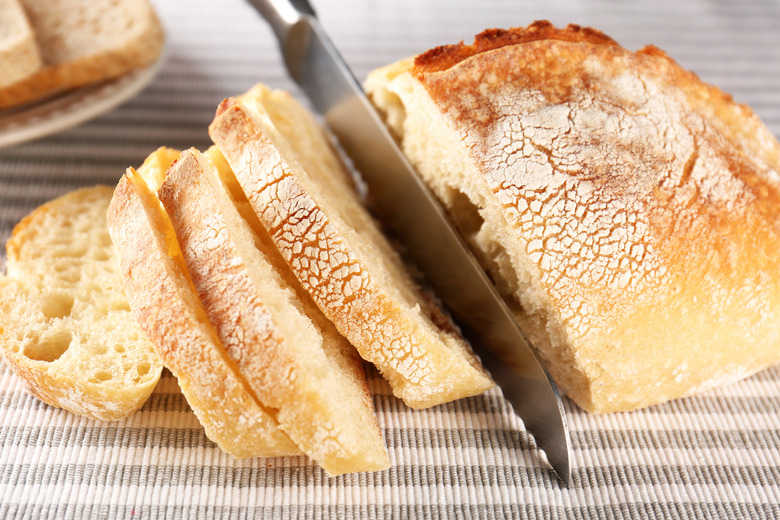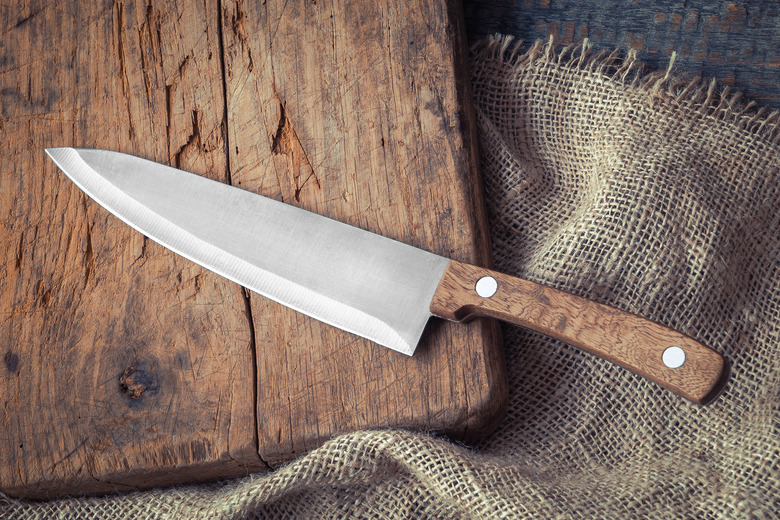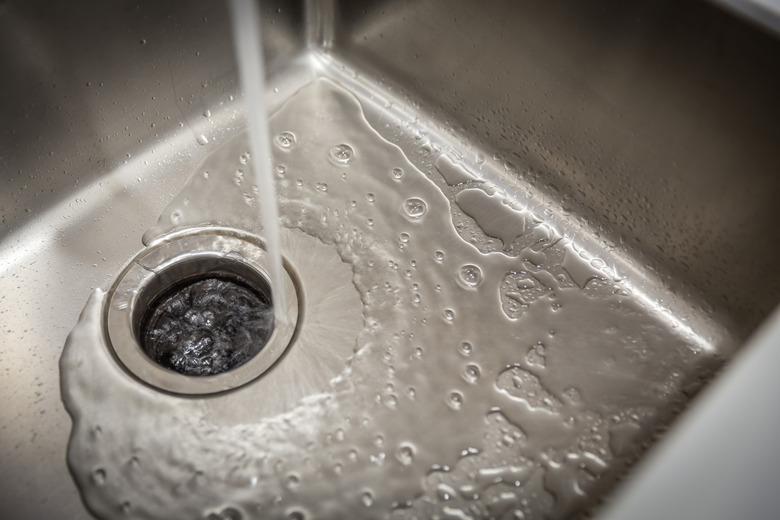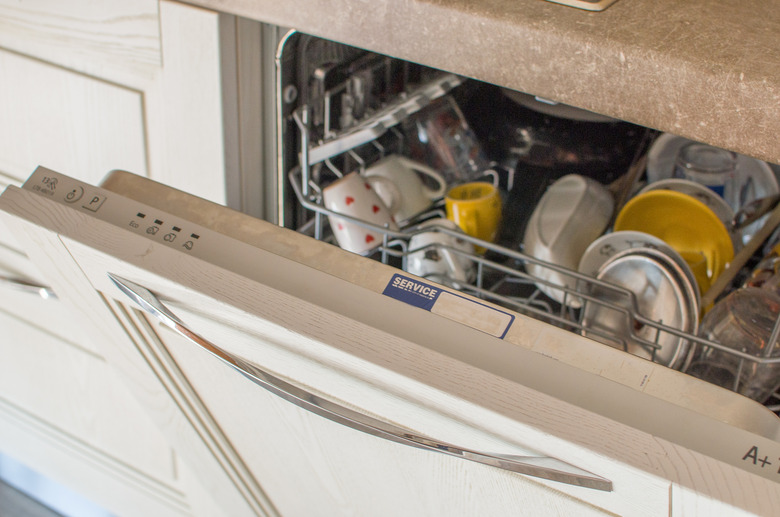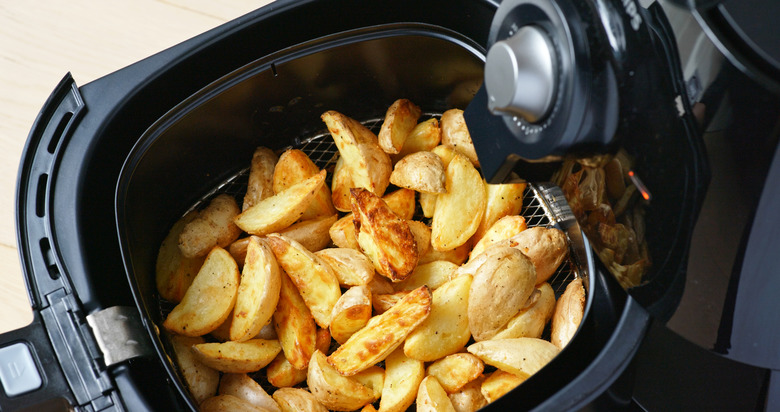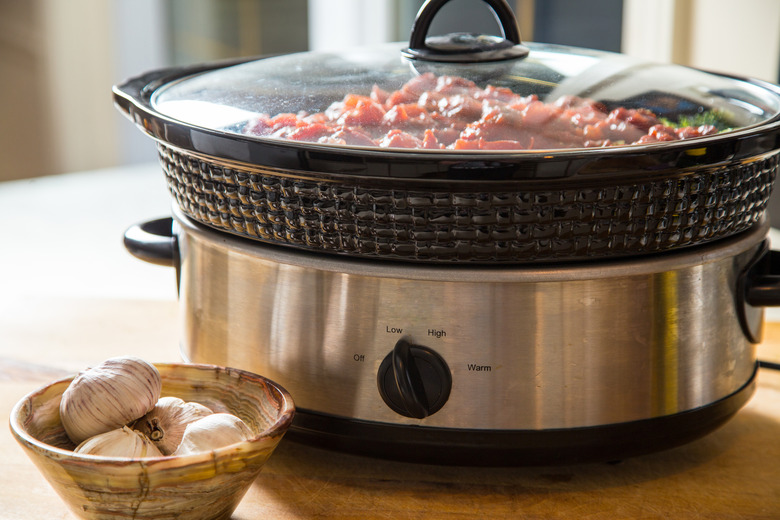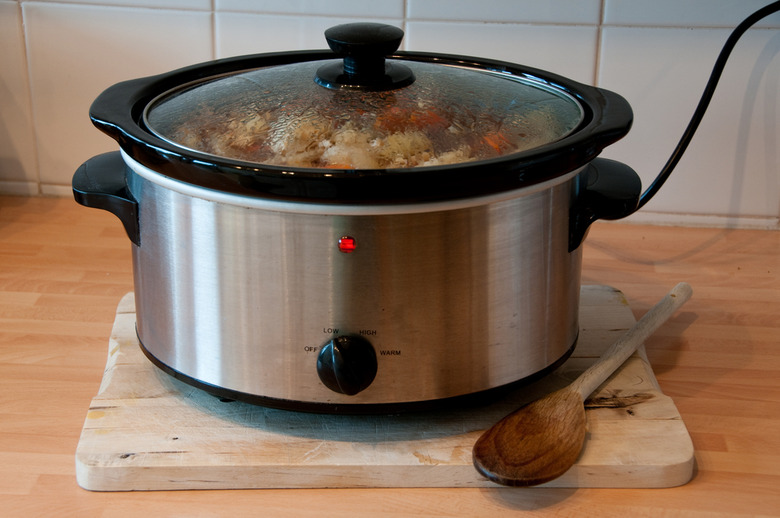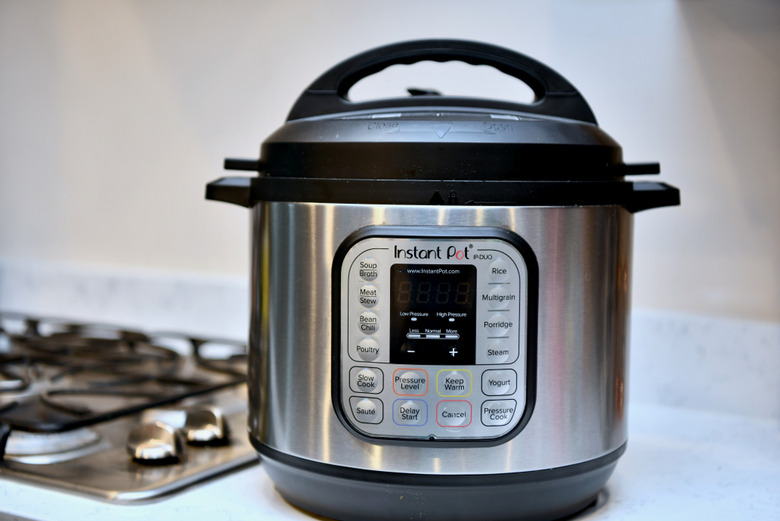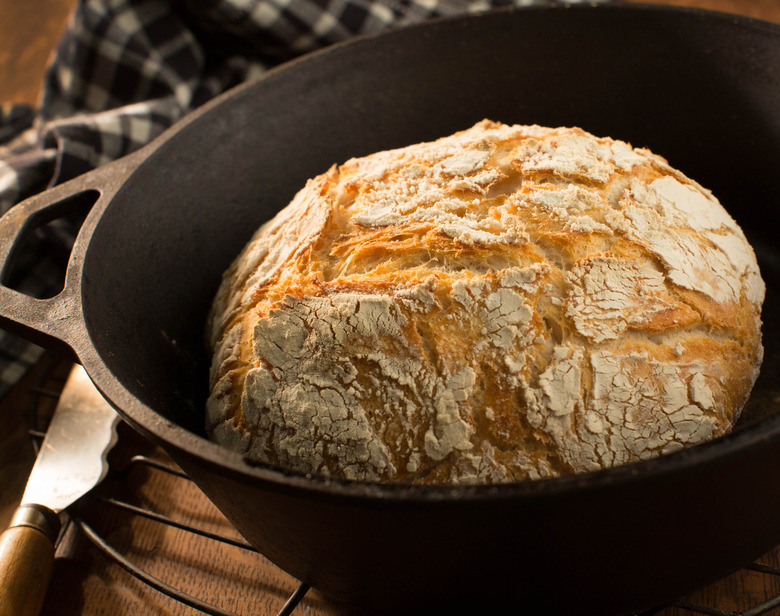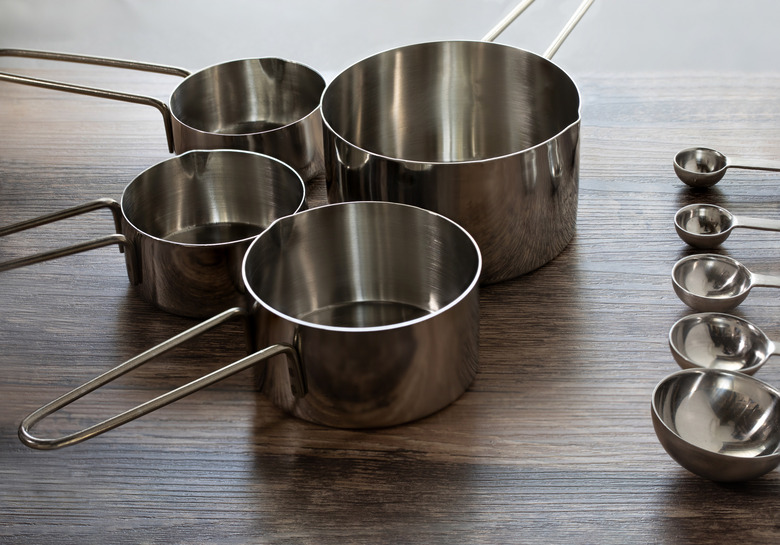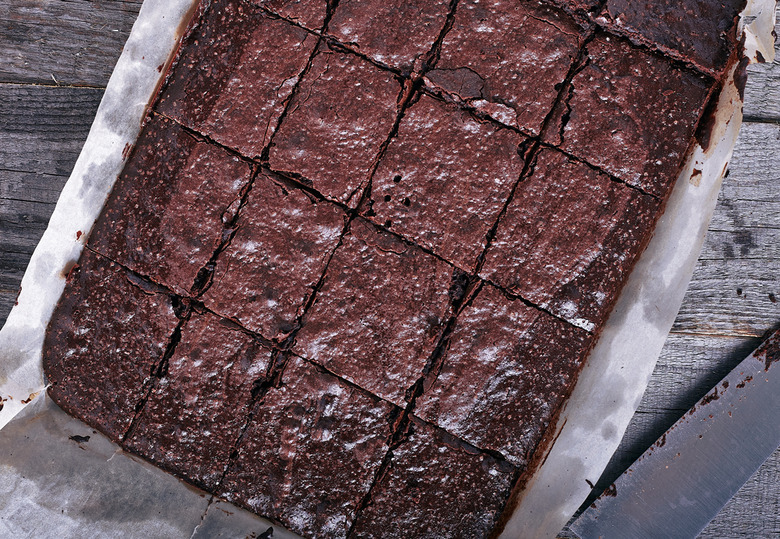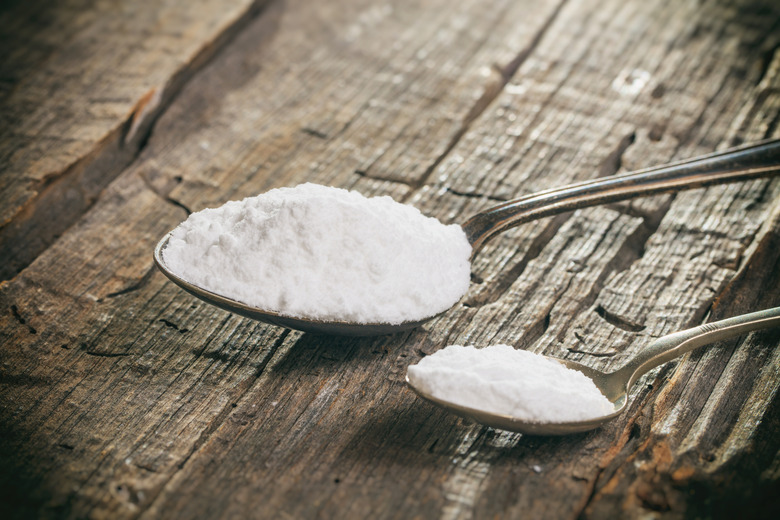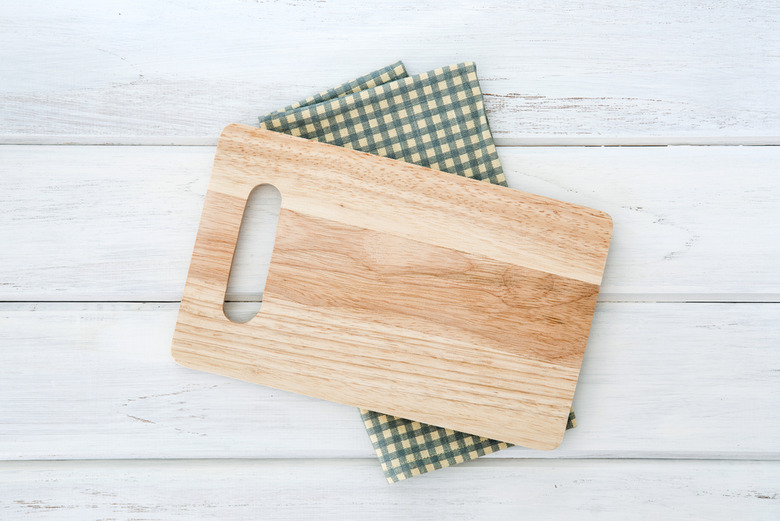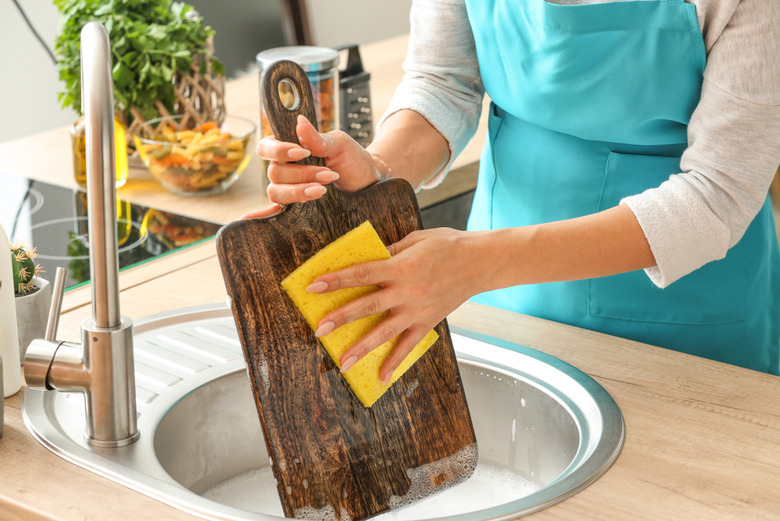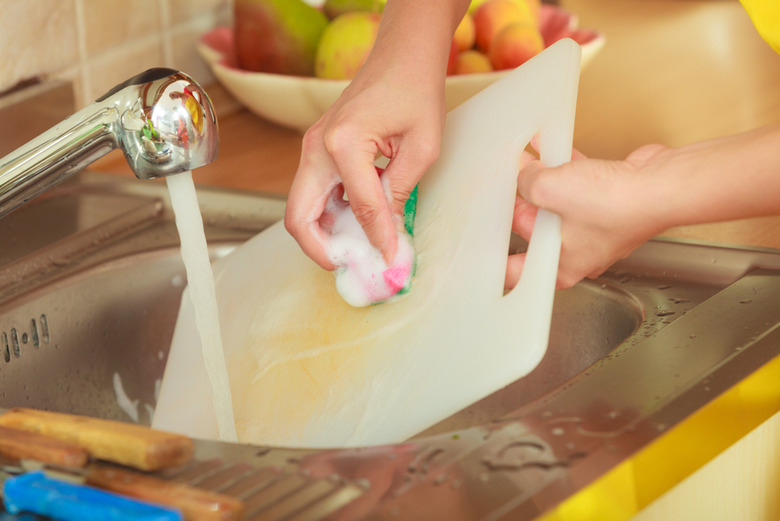Are Nonstick Pans Safe? And Other Kitchen Tool Questions, Answered
Many people don't know every little thing about the cookware, utensils and appliances in their kitchens — and that's OK. Sure, you can make scrambled eggs in a nonstick pan, but should you use cooking spray? A metal spatula? Is nonstick coating even safe? Here are all the answers to your kitchen questions so you can cook with confidence.
How long are nonstick pans good for?
If you take care of nonstick pans, they can last three to five years, which gives you more than enough time to figure out how to make perfect scrambled eggs.
How do you properly care for a nonstick pan?
To get the most out of your nonstick, don't cook on high heat. That means no broiling or searing. To cook steak and other foods perfectly, you'll want to use a cast-iron skillet or stainless steel frying pan. And, of course, try to avoid damaging the pan. Metal utensils are more likely to cause scratching, so use wooden or silicone tools. When you store your nonstick pans, don't stack. If you do, use paper towels or something similar between pans.
Is Teflon dangerous?
Teflon is a brand name for man-made chemicals, the most common being polytetrafluoroethylene or PTFE. It's used in many products, but its claim to fame is nonstick coating. According to the American Cancer Society, there are no proven risks to humans from using cookware coated in Teflon or other nonstick coatings, although you could experience flu-like symptoms from breathing in fumes from an overheated Teflon-coated pan.
Should you use your nonstick pan to cook everything?
Nonstick pans should be used for delicate proteins that cook quickly, like perfectly scrambled eggs or fish. They're also great for making crepes and pancakes, or warming up leftovers.
Should you use cooking spray on a nonstick pan?
Using aerosol cooking spray on a nonstick pan might seem like it would give it an extra layer of protection for your awesome egg dishes, but it creates an invisible buildup and damages the nonstick properties you bought the pan for in the first place. Aerosol cooking sprays typically burn at lower temperatures too, and this will damage nonstick coating.
Can you wash a pan as soon as it comes off the burner?
While you want to wash your dishes in a timely manner, If you take a really hot pan from the stove and put it under cold water right away, it could warp and make the finish peel. It should be cool enough in the time it takes you to eat one of these mouthwatering spins on classic grilled cheese.
Can you cut in a nonstick pan?
Using a knife to cut things in a nonstick pan is one of the bad cooking habits you need to stop now. It'll damage the nonstick surface. Transfer your meal to a cutting board if you need to use a knife.
What are small frying pans for?
A small frying pan is commonly used for frying one egg or chicken breast, or sauteing a side of vegetables. It can also be used to make perfect omelets because the eggs are forced upward instead of outward.
What are medium frying pans for?
A medium frying pan is best for frying three eggs or two chicken breasts, frying latkes, reheating leftovers or sauteing more than a small side of vegetables.
What are large frying pans for?
A large pan is great for frying four eggs or three chicken breasts, or making bacon, pan pizza or a brunch-favorite Dutch baby.
What are the pros and cons of wooden cooking utensils?
Wooden cooking utensils are nice because they don't scratch cooking surfaces or conduct heat, making them great for dishes that need to be stirred often, like soup or risotto. They're also some of the most eco-friendly things you can buy at the grocery store. On the contrary, they stain easily and are hard to clean. It's not recommended that you put them in the dishwasher because they could splinter, and if you're stirring something thick, a wooden spoon could break.
What are the pros and cons of stainless steel cooking utensils?
Stainless steel cooking utensils are strong. They can handle anything wooden tools can and more, like a heavy piece of meat. Stainless steel is easy to clean and it's great for scraping every last morsel of the best potato dishes, but it's pricier and more likely to scratch nonstick pans.
What can you cook in a cast-iron pan?
A cast-iron pan is a versatile kitchen essential that's naturally nonstick, can go from stovetop to oven and can practically last forever if properly cared for. Cast-iron pans are great for searing meats over high heats, making them ideal for cooking steaks perfectly on the stove or roasting a pork chop for dinner. They're also great for making pizza, frittatas and these other dishes you didn't know you could make in a cast-iron skillet.
What shouldn’t you cook in a cast-iron pan?
Avoid cooking delicate foods like fish in your cast-iron pan, or slow-cooking large amounts of acidic ingredients like tomato sauce and wine-braised meats, which could ruin the cast iron's seasoning and make your food taste metallic. If your pan isn't well-seasoned yet, other fragile items like eggs and pancakes might stick to the surface too. If you didn't know that, then there are probably a few other ways you're using your cast-iron pan wrong.
How do you clean a cast-iron pan?
To clean a cast-iron pan, wipe it down with paper towels while it's still warm to remove excess food and oil. Then, rinse it under hot water and scrub it with a brush or nonabrasive sponge. Dry it thoroughly right away — do not let it drip dry — and then re-season it by setting it over medium-low heat until all moisture disappears. Add a half teaspoon of vegetable oil to the pan and wipe the inside with a paper towel to spread the oil throughout. You can stop when the surface appears dark and shiny. It's a myth you don't need to wash cast iron, and here's how often you should wash everything else in your life, too.
How long should you keep your sponge?
A 2017 study found that harmful bacteria can stay on dish sponges even if they've been cleaned in the microwave or boiling water. Researchers say we should be changing our sponges every week. If you didn't know that, then you probably don't know how often to replace these other household items.
What temperature should you keep your fridge?
The Food and Drug Administration recommends a refrigerator temperature of 40 degrees Fahrenheit or below. And once your fridge is at the right temperature, make sure you know how long different foods last in your fridge and freezer.
What temperature should you keep your freezer?
According to the FDA, your freezer should be kept at 0 degrees Fahrenheit. Just know that that low temperature means there are some foods you should never freeze.
How often should you wash your kitchen towel?
If you're wiping down dishes, the counter or even your own hands without washing your kitchen towel between uses, it can become a breeding ground for bacteria. To help prevent the spread of germs, it should be changed once every week, but preferably every few days. Throw it in the washing machine using hot water and dry on high heat. Take it from people who never get sick and practice safe kitchen hygiene.
Where should you keep your kitchen towel?
Bacteria thrive in moist environments, so you should never keep your kitchen towel anywhere wet or humid, like on or near the sink. Instead, hang it on a hook or handle where it can properly dry between uses. If you need space to hang it up, read up on these kitchen organizing hacks.
How do you sharpen a dull knife?
If you don't want to go to a professional, you can sharpen a dull knife using a whetstone, or a manual or electric knife sharpener. Once it's sharpened, you'll need to hone it, or realign the blade so it's straight and centered. For this, you can get a honing steel. This can be used whenever you think your knife isn't as sharp as it should be. A sharp knife will make it easier to cut anything from tomatoes to steak and everything in between.
What are serrated knives for?
Serrated knives are best used for cutting foods with a tough exterior and a soft interior. Some examples include a homemade loaf of bread, cucumber, citrus and tomato.
Can you put knives in the dishwasher?
A Kitchen knife should never be put through the dishwasher. This exposes it to high temperatures and extreme moisture, not to mention it could bang around against dishes and utensils, which can severely damage the handle and steel to the point where it will no longer function effectively. And then there's detergent, which can cause dullness and discoloration. Hand-wash your kitchen knives using warm water and soap, and make sure you know how to hand-wash all your dishes properly.
What should you not put in the garbage disposal?
The garbage disposal is an easy way to get rid of food scraps in your sink, but some things shouldn't go down the shoot under any circumstance. This includes potato peels and orange skins, pasta, rice, celery and other stringy vegetables, bones, shellfish shells, fruit seeds and pits, fats, grease or greasy food. These foods could give you plumbing problems.
Should you clean your dishwasher?
Not cleaning your dishwasher is a mistake, and it could be making you sick. A 2011 study of 189 dishwashers found that 62% of machines tested positive for fungi and 56% for black yeasts linked to disease. To clean your dishwasher, begin with the exterior, change the filter, place a bowl of white vinegar on the bottom rack and run an otherwise empty cycle.
What’s an air fryer?
Making fried food at home is easy, but using an air fryer yields similar taste and texture with less fat and quicker clean-up. The countertop appliance circulates heat at high temperatures to fry, grill or bake without using oil. You can air-fry anything from chicken wings to the Thanksgiving turkey.
What is a slow cooker?
A slow cooker is exactly what it sounds like. It's a small kitchen appliance that cooks food over a long period of time. Similar to a Dutch oven, heat starts at the base and slowly rises up the sides, cooking the meal within. You might recognize Crock-Pot as a popular brand. They're great for making comfort foods, like stews and pulled pork.
Are slow cookers safe to leave on overnight?
In the Season 2 finale of "This Is Us," a defective Crock-Pot is shown burning a house down. Unsurprisingly, people started to wonder whether it was safe to leave their slow cookers on. In response, Crock-Pot reassured the public that products are rigorously tested for safety. Crock-Pot specifically says that the recommended maximum time you can cook is 10 hours on low and four hours on high.
What’s an Instant Pot?
Instant Pot is a multicooker that cooks food two to six times faster using 70% less energy than traditional methods. You can use it to make soup, broth, meat, stew, beans, chili, rice, porridge, yogurt and more. It can saute, slow-cook, steam, pressure-cook and keep things warm. If you're looking for breakfast dishes to make in your Instant Pot, here are some easy recipes.
What is a Dutch oven?
Dutch ovens are typically made out of cast iron. They can brown, boil, braise and bake. You can even fry up your own drumsticks, giving the best fried chicken places in America a run for their money.
Does it matter if you use dry measuring tools for liquids and vice versa?
If you're going to clean out your kitchen junk drawer, don't choose between dry and liquid measuring cups. Keep them both. Liquid measuring cups give you extra measuring room between the highest measurement and the rim of the glass, and a convenient pouring spout. They're also microwave safe, come in larger sizes and are clear so you can spot the meniscus. Dry measuring cups get filled to the top so you can level off whatever is in them — flour for a batch of cookies, perhaps — they're lightweight and durable, and come in sets so you don't have to keep cleaning out the same cup.
What’s the difference between glass and metal baking pans?
Dark-colored metal pans cook faster than light-colored metal pans. Glassware distributes heat even slower. With glass, the center takes longer to cook and by the time it does, the outer edge of your brownies, for example, will be substantially tall and hard. If you want to bake with glass, lower the oven temperature by 25 degrees Fahrenheit from what the recipe calls for and bake up to 10 minutes longer. For dark pans, lower the temperature by 25 degrees Fahrenheit also, and check on your dessert 10 minutes before the recipe says it should be done.
How many teaspoons are in a tablespoon?
Making cookies but can't find your tablespoon? Here's an amateur baking hack: use a teaspoon. There are 3 teaspoons in 1 tablespoon.
Is a wooden or plastic cutting board better?
Your cutting board is one of the dirtiest places in your home, but wooden ones are worse than plastic. Wood is naturally porous, encouraging bacteria growth. Every time you slice your knife, it makes tiny cuts and grooves, which has the same consequence.
How do you clean a wooden cutting board?
Hand-wash your board with soap and water as soon as you're done with it. Then, pat it dry with a paper towel immediately. If you were chopping something stinky, like an onion that made you cry, get rid of odors by wiping your board with white vinegar. To remove stubborn stains, sprinkle the board with baking soda and work the surface with a lemon, gentle sponge or cloth. Rinse and dry with a towel.
How do you clean a plastic cutting board?
Most plastic cutting boards are OK to go in the dishwasher, so that's probably your best bet. To deep-clean a plastic cutting board, dilute 1 teaspoon of bleach with a quart of water, then use that to wipe it down. Rinse thoroughly with hot water. To get rid of stains, make a paste from 1 teaspoon baking soda, 1 teaspoon salt and 1 teaspoon water. This is one of the best natural cleaning tips for your home.
More from The Daily Meal
Cooking Tips We Learned From Our Parents
What Food a Dollar Could Buy the Year You Were Born
14 Ways to Make More Than Just Lemonade When You Have Some Lemons
